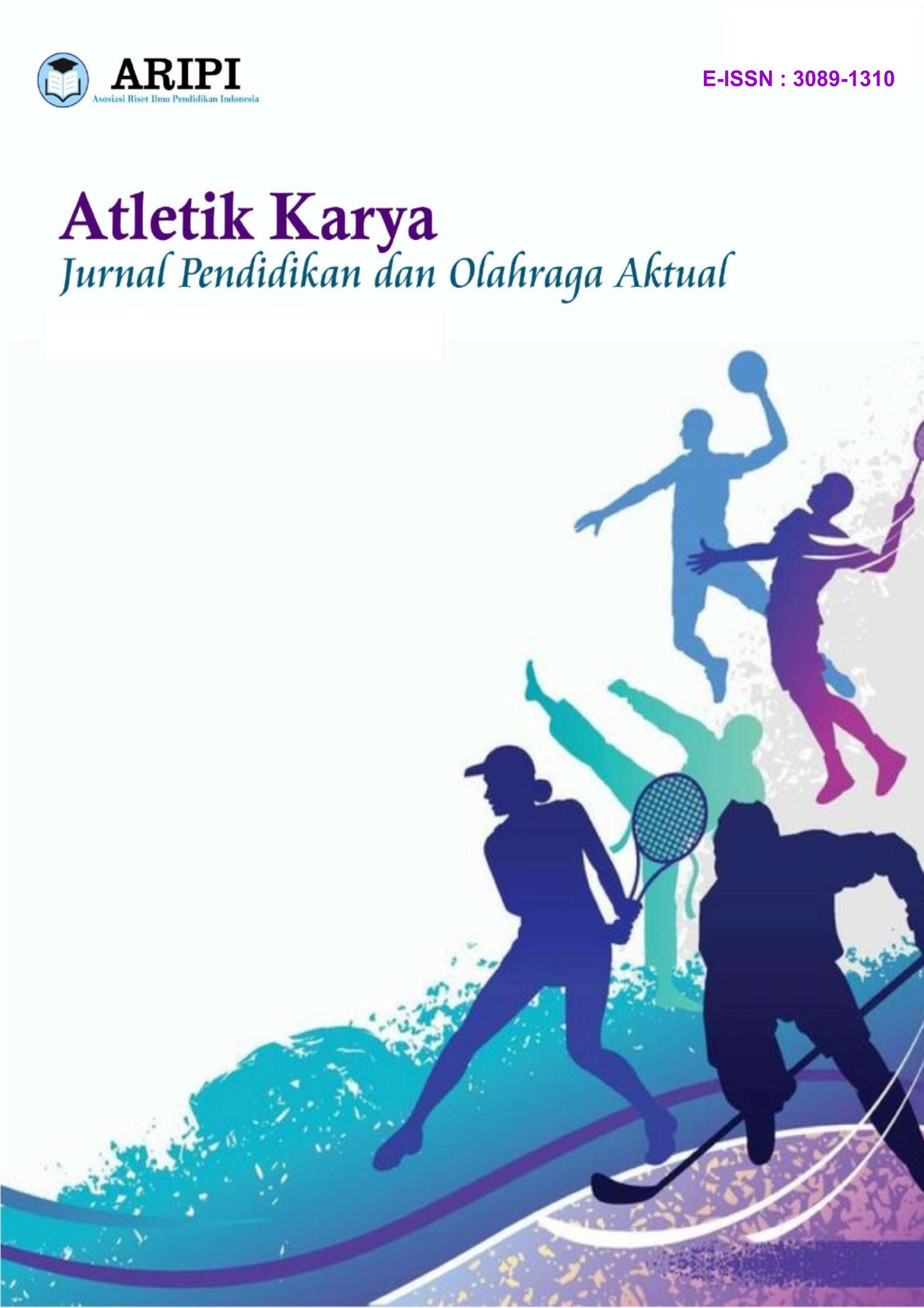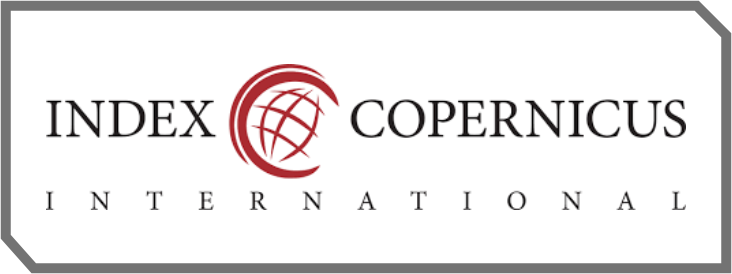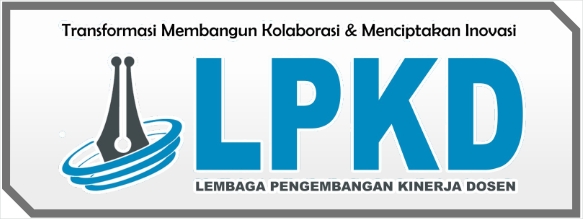Pengaruh Latihan Interval terhadap Peningkatan Daya Tahan Kardiovaskular Atlet Muda
DOI:
https://doi.org/10.61132/atletikkarya.v1i2.8Keywords:
Interval training, cardiovascular endurance, young athletes, aerobic capacity, physical fitnessAbstract
This study evaluated the effect of interval training on improving cardiovascular endurance in young athletes. A total of 30 athletes aged 15-18 years participated in an interval training program for 8 weeks. The results showed a significant increase in aerobic capacity and cardiac efficiency compared to the control group that underwent conventional exercise. This study recommends interval training as an effective strategy in improving the physical endurance of young athletes.
References
Bishop, D. J., Granata, C., & Eynon, N. (2014). Can we optimize the exercise training prescription to maximize improvements in mitochondria function and content? Biochimica et Biophysica Acta (BBA) - General Subjects, 1840(4), 1266-1275.
Buchheit, M., & Laursen, P. B. (2013). High-intensity interval training, solutions to the programming puzzle. Sports Medicine, 43(5), 313-338.
Burgomaster, K. A., Howarth, K. R., Phillips, S. M., et al. (2008). Journal of Physiology, 586(1), 151-160.
Gibala, M. J., & McGee, S. L. (2008). Metabolic adaptations to short-term high-intensity interval training. Medicine & Science in Sports & Exercise, 40(3), 200-207.
Granata, C., Oliveira, R. S., Little, J. P., Renner, K., & Bishop, D. J. (2016). Mitochondrial adaptations to high-intensity interval training in endurance-trained runners. European Journal of Applied Physiology, 116(1), 67-77.
Helgerud, J., Høydal, K., Wang, E., Karlsen, T., Berg, P., Bjerkaas, M., & Hoff, J. (2007). Aerobic high-intensity intervals improve VO2max more than moderate training. Medicine & Science in Sports & Exercise, 39(4), 665-671.
Laursen, P. B., & Jenkins, D. G. (2002). The scientific basis for high-intensity interval training. Sports Medicine, 32(1), 53-73.
MacInnis, M. J., & Gibala, M. J. (2017). Physiological adaptations to interval training and the role of exercise intensity. Journal of Physiology, 595(9), 2915-2930.
Rognmo, Ø., Hetland, E., Helgerud, J., et al. (2004). European Journal of Cardiovascular Prevention & Rehabilitation, 11(3), 216-222.
Sandvei, M., Jeppesen, P. B., Støen, L., Litleskare, S., Johansen, E., Stensrud, T., & Enoksen, E. (2012). Sprint interval running increases insulin sensitivity in young healthy subjects. Scandinavian Journal of Medicine & Science in Sports, 22(5), 588-595.
Seiler, S. (2010). What is best practice for training intensity and duration distribution in endurance athletes? International Journal of Sports Physiology and Performance, 5(3), 276-291.
Støren, Ø., Helgerud, J., Støa, E. M., & Hoff, J. (2008). Maximal strength training improves running economy in distance runners. Medicine & Science in Sports & Exercise, 40(6), 1087-1092.
Tjønna, A. E., Lee, S. J., Rognmo, Ø., Stølen, T. O., Bye, A., Haram, P. M., & Wisloff, U. (2008). Aerobic interval training versus continuous moderate exercise as a treatment for the metabolic syndrome: A pilot study. Circulation, 118(4), 346-354.
Weston, K. S., Wisløff, U., & Coombes, J. S. (2014). High-intensity interval training in patients with lifestyle-induced cardiometabolic disease: A systematic review and meta-analysis. British Journal of Sports Medicine, 48(16), 1227-1234.
Ziemann, E., Grzywacz, T., Łuszczyk, M., Laskowski, R., Olek, R. A., & Gibson, A. L. (2011). Aerobic and anaerobic changes with high-intensity interval training in active college-aged men. Journal of Strength and Conditioning Research, 25(4), 1104-1112.












